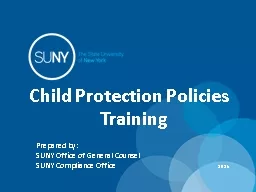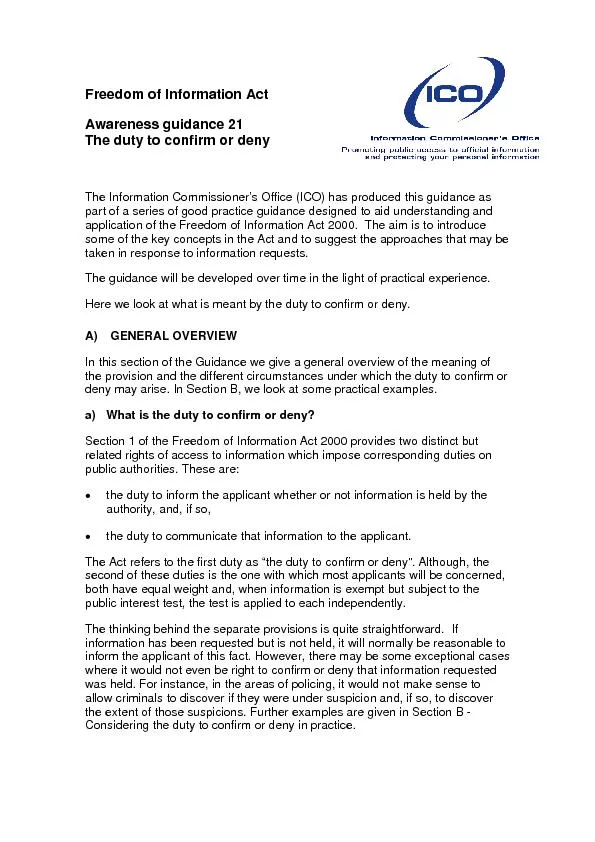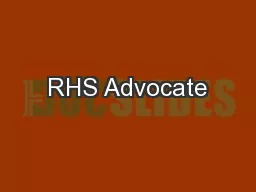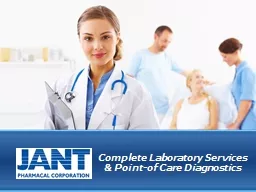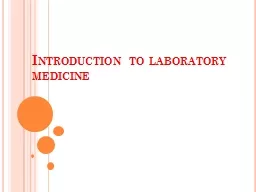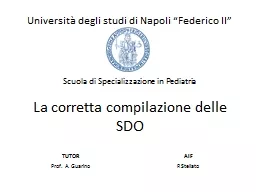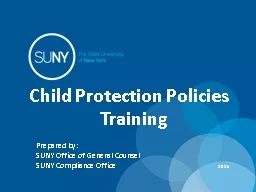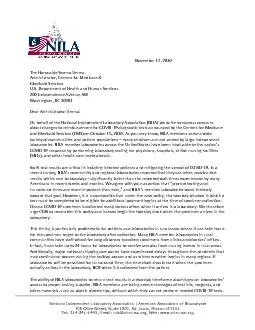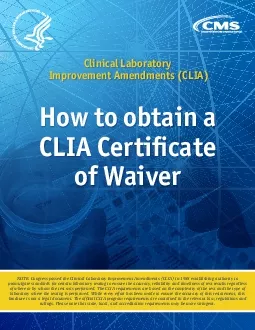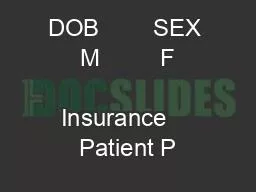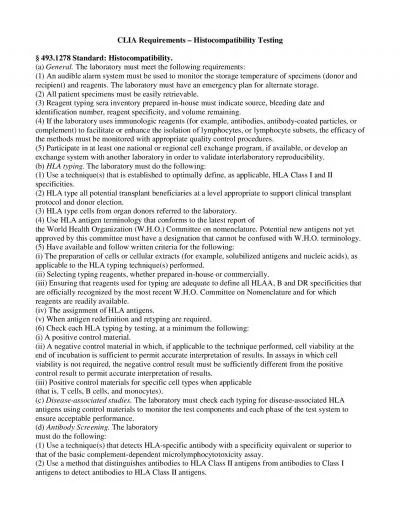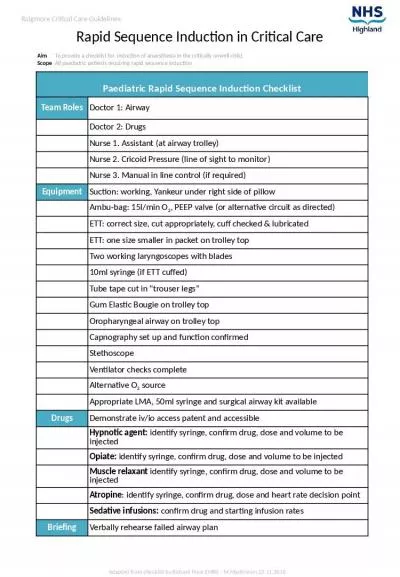PDF-Laboratory DiagnosisLaboratory testing to confirm the initial diagnosi
Author : ava | Published Date : 2022-08-19
7 Page If botulism is suspectedplease contact the Botulism Reference Service BRS for Canada at 613 9570902Monday to Friday 830 am 150 430 pm BRS will provide direction
Presentation Embed Code
Download Presentation
Download Presentation The PPT/PDF document "Laboratory DiagnosisLaboratory testing t..." is the property of its rightful owner. Permission is granted to download and print the materials on this website for personal, non-commercial use only, and to display it on your personal computer provided you do not modify the materials and that you retain all copyright notices contained in the materials. By downloading content from our website, you accept the terms of this agreement.
Laboratory DiagnosisLaboratory testing to confirm the initial diagnosi: Transcript
Download Rules Of Document
"Laboratory DiagnosisLaboratory testing to confirm the initial diagnosi"The content belongs to its owner. You may download and print it for personal use, without modification, and keep all copyright notices. By downloading, you agree to these terms.
Related Documents


